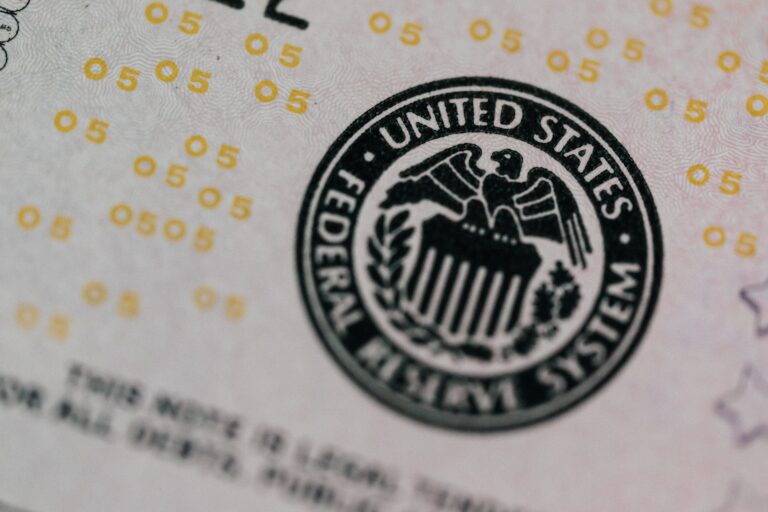
Swiss Bank cautious over Swiss Franc
Discussion and Analysis by Charles Porter:
This morning, Switzerland’s National Bank (SNB) issued a press release detailing their latest monetary policy assessment. Their report detailed that the SNB is “maintaining its expansionary monetary policy”. Because the Bank had previously adopted negative exchange rates, this has interesting implications for macroeconomic thought as well as the Swiss macroeconomy.
The decision to adopt negative interest rates in Switzerland was a surprising event in itself. Naturally, therefore, the decision to retain negative interest rates once again qualifies this decision and leads us to continually re-evaluate our macroeconomic thinking. To explain this and frame the analysis upon currency markets, I will briefly discuss why negative interest rates are a problem. Following this, I will discuss why a consideration of our macroeconomic assumptions is advisable.
Interest rates should never and can never fall further than zero; at least that’s what a lot of people thought before it happened. The logical underpinnings of this longstanding macroeconomic assumption are mostly theoretical. This theoretical truth thereby became an empirical truth by the unwillingness of central bankers to challenge the hypothesis.
However, in the wake of the financial crisis, hyper-low interest rates simply weren’t enough to stimulate the economy. The spill-overs associated with Quantitative Easing, hyper-inflation, asset-scarcity and crowding-out, and the unpredictable and slow nature of expansionary fiscal policy, provided the impetus to plunge through the Zero Lower Bound.
It is theoretically upheld that interest rate policy cannot break the zero-lower bound, i.e. interest rates cannot become negative. The theoretical underpinnings of this claim are coherent and pervasive. The central mechanism preventing negative interest rates is derived primarily from the effect upon savers. Rational individuals who hold money, even for a short period of time, within a bank account will, in theory, choose to withdraw their money from bank accounts and hold it in non-interest-bearing cash instead. Therefore, the cash deposits that banks create leverage upon in order to extend credit to consumers and investors alike will be eliminated entirely. There will, therefore, be a liquidity trap assuming that the private banks’ reserve requirements are not equal to zero.
Given that the Swiss National Bank has not only delved into negative interest rate territory but stayed there for another month, the zero-lower bound hypothesis may, after all, be a fallacy. The reassurance given by the considerable longevity of negative interest rates in Switzerland may, perhaps, be due to a public unwillingness to assume the risk of withdrawal and perceived lack of security.
Therefore, because the ‘under the mattress’ alternative has considerable costs of its own, a moderately negative reward to holding liquid currency is still seen as a worthwhile quasi-expense. Therefore, after all, because the ultimate purpose of negative interest rates is to prevent individuals from holding idle money and instead increase consumption and investment, it is possible that the velocity of money circulation within the economy has risen.
During the National Bank announcement, the value of the Swiss Franc was highly volatile. However, the direction of change was almost imperceptible, with high amplitude movements around the pre-announcement rate. After several minutes, markets reacted to the news as well as global macroeconomic environment and political risk by devaluing the Swiss Franc considerably.
Related Insights

Daily Brief – Weak foundations
Weak foundations After a rally of around 15% year to date, there is significant cognitive and technical room for consolidation within EURUSD. Implied volatility has been rising given the macroeconomic backdrop that markets have encountered this year. Even within such an environment, a 15% rally in the market’s most traded instrument is still enormous. But […]

Daily Brief – Weren’t Tariffs USD Negative?
Weren’t Tariffs USD Negative? The Dollar proved sensitive to headlines regarding trade during the US overnight session. However, contrary to what many commentaries would have you believe, as the risk of tariffs escalated the Dollar rose. The 90-day pause following Trump’s April ‘liberation day’ tariffs had been set to expire this coming Wednesday. To the […]

Daily Brief – Dollar Reserves
Dollar Reserves With the passing of Trump’s original deadline for the reimposition of liberation day tariffs yesterday, markets have breathed a sigh of relief. July VIX futures continued to slide lower. Moreover, what may surprise anyone who had been expecting the issue of tariffs to resurface following the passing of Trump’s new deadline, so too […]


 Charles Porter
Charles Porter